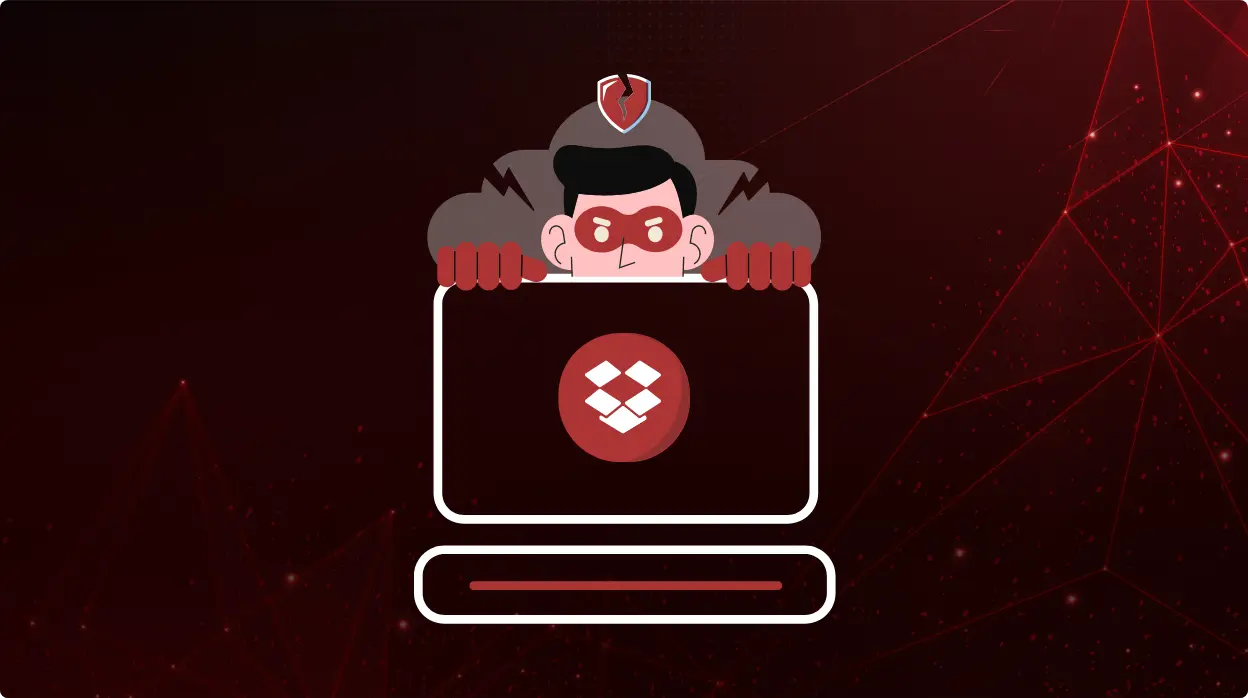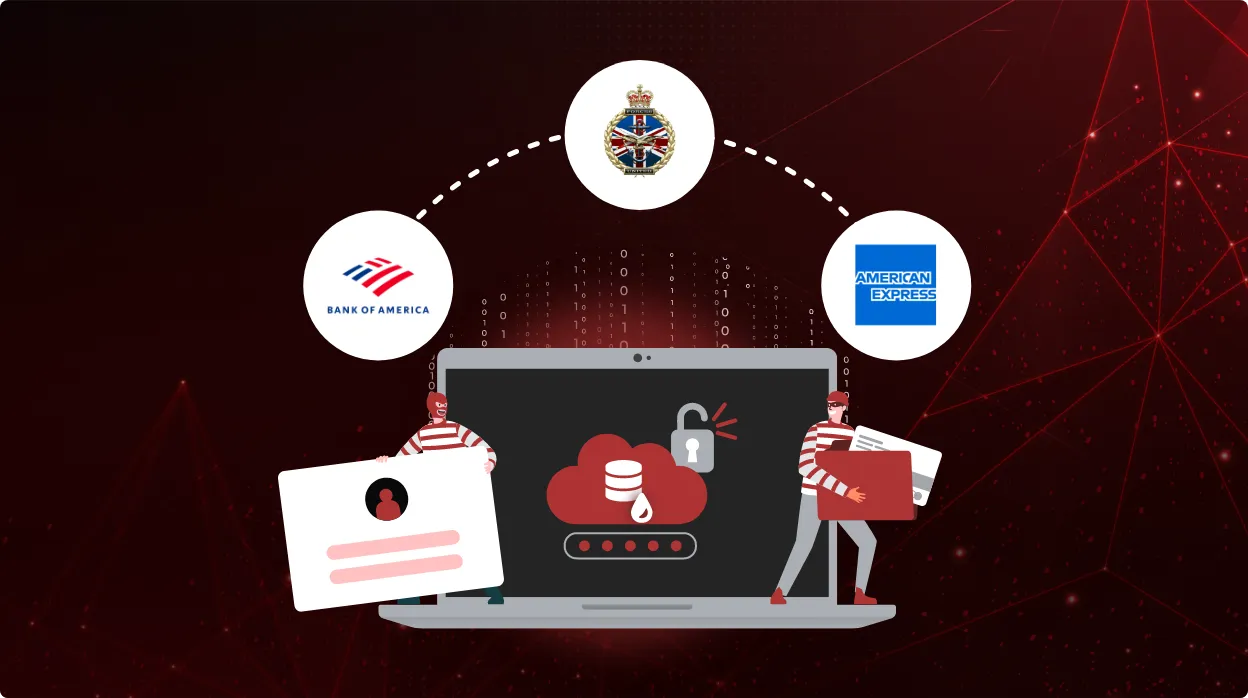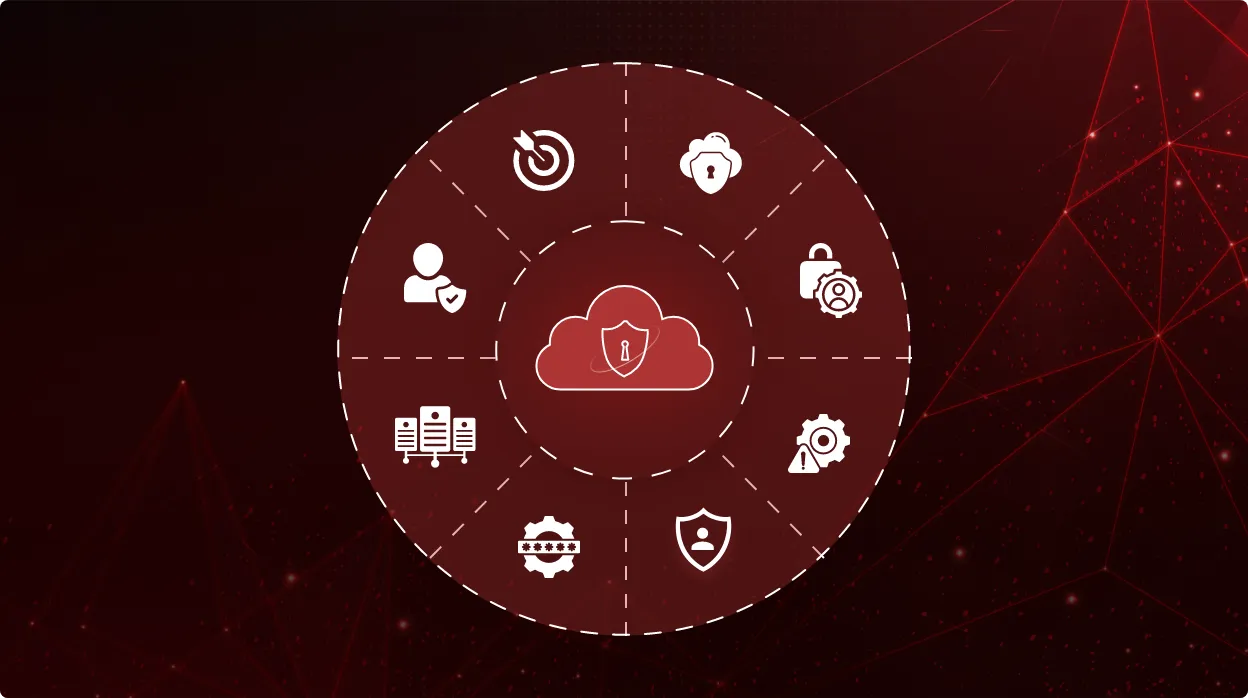The Dropbox breach – Understanding the need for robust cloud security measures

In April 2024, Dropbox, a popular cloud storage service, disclosed a significant cybersecurity breach. Such cybersecurity breaches can have far-reaching consequences, especially in the realm of cloud security. They also undermine trust in cloud services, discouraging users from embracing the benefits of cloud computing. As cloud technology continues to play an integral role in modern business operations, ensuring its security is a priority.
The Dropbox breach – A detailed overview
The breach in Dropbox’s security was detected on April 24th, 2024. It was brought to the company’s attention when irregularities were observed within the Dropbox Sign (formerly HelloSign) production environment. Upon further investigation, it was confirmed that unauthorized access had indeed occurred, prompting Dropbox to take immediate action.
As a result of the breach, various types of customer data were compromised. This included email addresses, usernames, phone numbers, and hashed passwords. Additionally, certain authentication-related details such as API keys, OAuth tokens, and multi-factor authentication (MFA) keys were also accessed. Even individuals who interacted with Dropbox Sign without creating an account had their email addresses and names exposed. While Dropbox assured users that payment information and document contents remained secure, the breach still raised concerns about privacy and data security.
What caused the breach?
The Dropbox breach stemmed from the exploitation of a vulnerability within Dropbox Sign’s infrastructure. Threat actors often target vulnerabilities in software or systems to gain unauthorized access. In this case, the threat actor identified and exploited a weakness in the service account used for automated system configurations, granting them unauthorized entry into the production environment.
The breach exposed weaknesses in Dropbox Sign’s infrastructure, particularly in its access controls and authentication mechanisms. The compromised service account, which had extensive privileges within the production environment, lacked adequate security measures to prevent unauthorized access. Additionally, gaps in monitoring and detection capabilities may have contributed to the delay in detecting the breach.
The interconnected nature of cloud-based services can introduce complexities in securing infrastructure and data. The integration of Dropbox Sign with various third-party applications and services increases the attack surface and potential vulnerabilities. Without robust security controls and continuous monitoring, these integrations can pose significant risks to data security.
Impact of the breach
Organizations that rely on Dropbox Sign for document management and e-signature services face various risks. Compromised customer credentials and authentication data may result in unauthorized access to sensitive documents and contracts, potentially exposing confidential information. Also, the reputational damage caused by a security breach can erode trust among customers and stakeholders, leading to business disruptions and financial losses.
The consequences of compromised customer credentials and authentication data extend beyond immediate security risks. Unauthorized access to customer accounts can result in data breaches, compliance violations, and legal liabilities for organizations. The exposure of sensitive information such as API keys and OAuth tokens may enable cybercriminals to launch further attacks, exploiting vulnerabilities in connected systems and applications.
Compromised authentication data also undermines the effectiveness of security measures such as multi-factor authentication (MFA), leaving affected individuals and organizations vulnerable to future cyber threats. The potential consequences of the breach highlight the critical need for prompt and effective mitigation strategies to minimize the impact on affected parties.
Mitigation strategies
Upon discovering the breach, Dropbox swiftly implemented immediate response measures to contain the incident and mitigate potential risks. By taking prompt action, Dropbox aimed to minimize the impact of the breach on affected users and prevent further unauthorized access to sensitive data. Here are the mitigation strategies that Dropbox followed, which are also considered best practices in the industry:
- Promptly reset user passwords and log users out of connected devices in the event of a security breach. This helps prevent unauthorized access using compromised credentials and reduces the risk of further data breaches.
- Regular rotation of API keys and OAuth tokens is essential for mitigating the risk of unauthorized access to cloud-based services. By rotating these credentials, organizations can invalidate any compromised tokens and prevent threat actors from exploiting them to gain access to sensitive data.
- Implementing proactive monitoring mechanisms for authentication data can help detect and respond to suspicious activities in real time. By continuously monitoring authentication logs and user activities, organizations can identify abnormal behavior and take corrective actions to mitigate security risks.
- Continuous security assessments and updates are crucial for maintaining the resilience of cloud-based services against evolving cyber threats. Regular security assessments help identify vulnerabilities and weaknesses in infrastructure and applications, allowing organizations to remediate them before they can be exploited by threat actors. Additionally, staying informed about emerging security threats and implementing timely security updates and patches is essential for mitigating the risks of potential breaches.
The importance of a complete cloud strategy
A complete cloud security strategy encompasses a holistic approach to protecting cloud-based assets, data, and applications. It involves implementing comprehensive security measures that address various aspects of cloud security, including infrastructure, applications, and user access.
CheckRed is a comprehensive and complete cloud security platform that offers Cloud Native Application Protection Platform (CNAPP) and SaaS Security Posture Management (SSPM) to protect cloud-native applications and environments, and SaaS apps. Its CNAPP combines multiple security capabilities, including Cloud Security Posture Management (CSPM), Cloud Infrastructure Entitlement Management (CIEM), and Cloud Workload Protection Platform (CWPP), to provide organizations with enhanced visibility, control, and protection over their cloud resources.
Why is implementing a complete cloud strategy essential?
A complete cloud strategy offers comprehensive coverage of security aspects across cloud environments, including infrastructure, applications, and data. It ensures that all areas of the cloud ecosystem are adequately protected against cyber threats and vulnerabilities.
By integrating multiple security layers, a complete cloud strategy enhances protection against a wide range of security threats. It combines various security capabilities, such as CNAPP, CWPP, CSPM, CIEM, and SSPM, to create a robust defense mechanism that safeguards cloud resources from unauthorized access, data breaches, and cyber attacks.
A complete cloud strategy enables organizations to proactively identify and mitigate security risks before they can be exploited by threat actors. By continuously monitoring cloud environments, assessing security posture, and implementing remediation measures, organizations can stay ahead of emerging threats and prevent potential security incidents.
Implementing a complete cloud strategy helps reduce the attack surface and potential vulnerabilities within cloud environments. By implementing security best practices, enforcing access controls, and adhering to compliance standards, organizations can minimize the risk of security breaches and data compromises.


